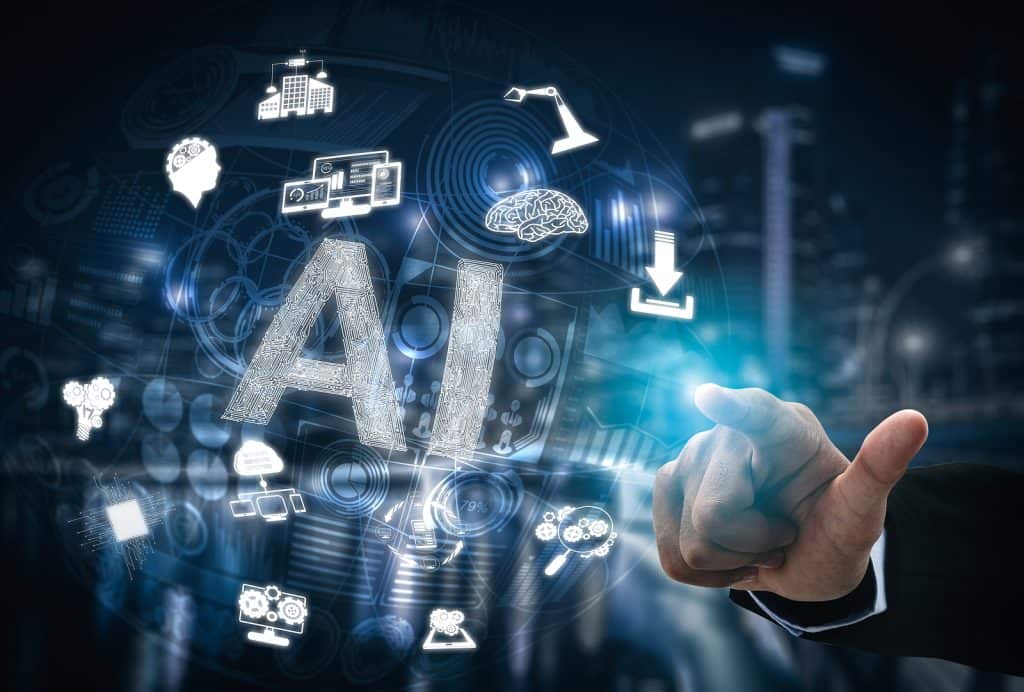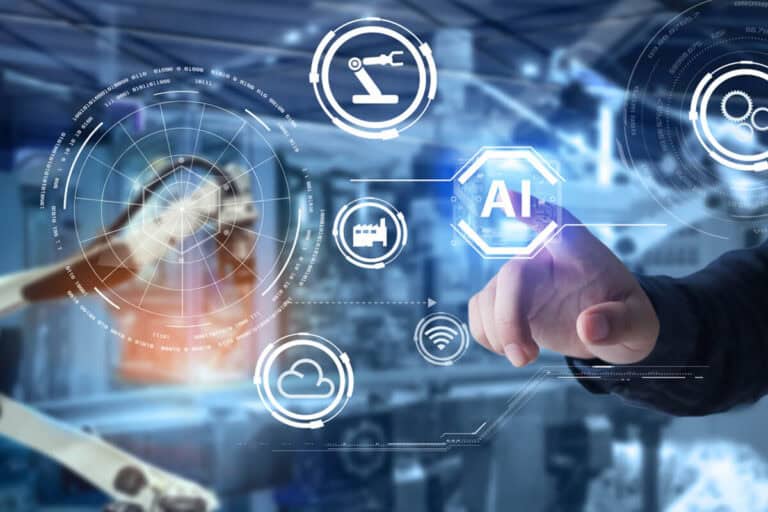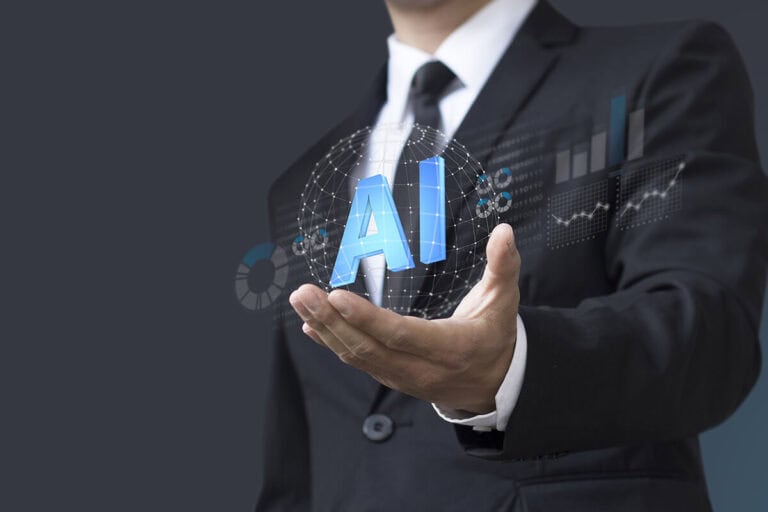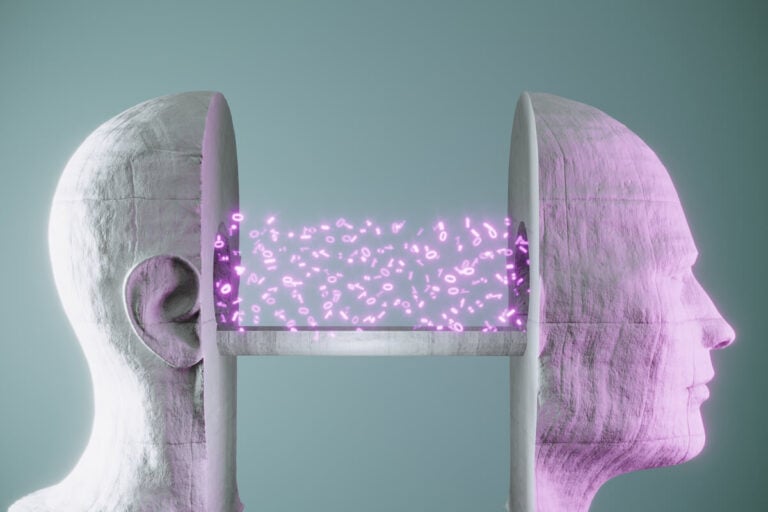Artificial Superintelligence is one of three types of AI.
Table of Contents
ToggleAccording to a recent study by technology Analysts Gartner, Artificial intelligence (AI) has been named as the most widely referred technology in recent times. Most CIOs across the board considered AI to have the most paradigm-shifting capabilities. By most predictions, AI is supposed to hold the center stage of most human endeavors in the coming years.
But AI has been far from a static technology with a set of fixed principles. Apart from offering the core value of mimicking human intelligence and reasoning to get things done quicker, faster, and better, AI has continued to evolve and become more capable and enriched over time.
Today, we have three different variants of AI technology; Artificial General Intelligence, Artificial Narrow Intelligence, and Artificial Superintelligence. In recent years, among IT startups, there is a growing interest in AI app projects. If you are intoAI-based app development in India, you will be aware of this fact. It is needless to say that three of these AI variants differ in capabilities, scalability, and performance.
These 3 AI technologies are explained here, along with their underlying features and other attributes.
Artificial Narrow Intelligence
Artificial narrow intelligence (ANI), commonly called narrow AI, has been the most common variant of AI technology. It is called Narrow AI because of its capability to carry out a single task at a given time. Narrow AI in every use of technology is widely used for facial recognition, web browsing and chatbots, speech recognition, smart voice assistants, self-driving cars and automated systems, etc.

The best thing about the narrow AI is that it is quite efficient to do that when it is programmed to carry out a single task. On the other hand, despite efficiency, this type of AI can only work with a range of narrow or limited constraints, and hence it is referred to as weak AI. But these limitations apart, Narrow AI has been at the forefront of AI-based app development across all niches and is primarily regarded to be the popular AI technology across various public applications.
The core competence of Narrow AI is to complete specific tasks efficiently. Instead of fully replicating human intelligence, Narrow AI simulates human behavior and activities within a narrow breadth of context-driven parameters.
Here are the critical characteristics of Narrow AI:
- Narrow AI systems are programmed to complete a specific task based upon some conditions and parameters. For example, an AI-based recommendation engine can suggest products based upon your earlier purchase history.
- Machine Learning and Deep AI have evolved as the two major subsets of Narrow AI. They are being deployed in different systems to learn from human behavior and inputs to deliver relevant insights.
- Natural language processing (NLP) is another Narrow AI technology that is used to help machines carry out conversation through chatbots and voice assistants by understanding human communication in natural language.
- Narrow AI can instantly react to situations or contexts or user inputs based upon a preprogrammed logic. This is called Reactive AI, which is very basic. In contrast, Limited Memory AI can learn from human behavior data over time and has advanced responding capabilities.
Some of the common and widely known examples of Narrow AI include intelligent search engine algorithms like Rankbrain from Google, voice assistant Siri from Apple and Alexa of Amazon, IBM Watson AI platform, a multitude of the face and biometric recognition solutions, e-commerce product recommendation tools, disease prediction, and mapping solutions, social media behavioral algorithms, self-driving cars, etc.
Artificial General Intelligence
Artificial general intelligence, which is often called deep AI, can mimic human reasoning and intelligence to learn about a problem and its contexts and solve it. It has a bigger and broader capacity to mimic human understanding and intelligence and remains similar to human intelligence in a specific context.
As of now, researchers are only trying to make Deep AI possible. The possibilities and impact of this more robust and more capable AI will be huge. Thanks to this, AI machines will have more considerable autonomy and can carry out multiple tasks precisely apart from gaining more decisive power through experimental knowledge across all fields.
Strong AI is basically developed following the mind AI framework theory corresponding to learning about human perceptions, needs, emotions, beliefs, and different thought processes across diverse contexts. Since the human brain serves as the base model for building this AI technology, the researchers and scientists working on this AI project face too many challenges. Lack of knowledge about various aspects of human brain functioning makes it even harder.
Artificial Super Intelligence
Artificial Superintelligence is a futuristic notion and idea about the AI capabilities to supersede human intelligence. For the Artificial Superintelligence to be materialized and become real, computing programs have to surpass human intelligence in all parameters and contexts. Only when AI becomes more intelligent than humans, Artificial Superintelligence can become a reality.

Artificial Superintelligence with all its futuristic aura, seems to be far-fetched from the future evolution of the human race, and in that sense, this so-called perceived AI variant shows the conceptual limit of the AI technology and its promises which is not going to be real in at least a few decades from now.
If Artificial Superintelligence becomes possible and real, the role humans take in decision making, arts and humanities, and emotional understanding of various aspects of life may be put at odds against the rise of the machines.
Summary:
Artificial Superintelligence
Today, we have three different variants of AI technology; Artificial General Intelligence, Artificial Narrow Intelligence, and Artificial Superintelligence. Artificial Superintelligence is a futuristic idea about AI capabilities superseding human intelligence. For Artificial Superintelligence to materialize and become real, computing programs have to surpass human intelligence in all parameters and contexts.
FAQ
A: Artificial superintelligence refers to a hypothetical form of artificial intelligence that surpasses human intelligence in virtually every aspect, including cognitive abilities, problem-solving, and creativity.
A: Artificial general intelligence (AGI) refers to AI systems that possess human-like intelligence and can perform any intellectual task that a human being can do. On the other hand, artificial superintelligence (ASI) goes beyond human-level intelligence and surpasses the cognitive capabilities of humans.
A: The implications of artificial superintelligence are still highly debated. Some envision ASI as a powerful tool that can solve complex problems, advance scientific research, and revolutionize various industries. Others raise concerns about its potential risks, such as the loss of human control, existential threats, or unintended consequences.
A: The development of artificial superintelligence is a topic of speculation and ongoing research. It is uncertain how long it will take to achieve ASI, as it involves significant advancements in AI technology and understanding of human cognition.
A: The development of artificial superintelligence raises important ethical considerations. These include questions about its impact on employment, human autonomy, privacy, inequality, and the potential need for governance frameworks to ensure responsible and beneficial use of ASI.





